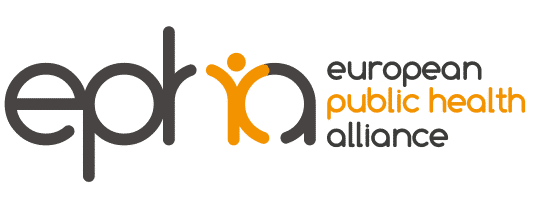Guest article: Corinne Hinlopen, Global Health Advocate and Policy Researcher at Wemos Foundation
In spite of ambitions to emerge stronger from the COVID-19 crisis, Europe’s €672.5 billion COVID Recovery Package is intended for national recovery plans only. But in an increasingly integrated Europe, Pan-European challenges are best tackled – and money best spent – in coordinated efforts.
Over the last year, politicians, policymakers and the public alike have repeatedly recognized that health workers have been at the forefront of the COVID-19 pandemic response. But few of them realize how many people across Europe have no access to a health worker: people in depopulated areas, people in difficult-to-reach areas, people suffering from stigma and discrimination. Who takes care of them when COVID-19 strikes? Who will administer their vaccinations?
Compounded vulnerabilities
The COVID-19 pandemic has disproportionately affected those with pre-existing economic and health vulnerabilities, thereby aggravating health inequalities – inequalities we knew existed and have been anxious to tackle. But we never managed to compensate for evident variations in countries’ abilities to invest in a strong health system, and in a versatile health workforce. To make matters worse, our free internal labour market has promoted intra-European competition for scarce health workers, resulting in a skewed distribution of health workers over Europe, leaving especially the newest EU Member States empty-handed. This has put an enormous strain on their health systems, undermined quality of life, left many people behind and fuelled anti-European sentiments. How have we allowed this to happen? Isn’t Europe founded on principles of shared prosperity and solidarity?
Good health care is a pillar of a stable, secure, and prosperous society and it is the government’s responsibility to organize this. But why would a country invest in the training of more health workers, if new graduates take a one-way ticket abroad as soon as they can? The fact that traditional destination countries obviously fail to educate sufficient health workers of their own, and instead rely on cheap and quick recruitment from other European countries, is simply acknowledged as a fact of life and left appallingly unaddressed.
The need for a Pan-European solution
The health workforce crisis, and the health inequalities that arise from it, should be considered a pan-European challenge, to be solved together, in cooperation. The EU’s COVID-19 Recovery Package could provide a starting point. Up to €672.5 billion is made available in grants and loans for reforms and public investments in the 27 member states to help them address the impact of the COVID-19 pandemic. Member states can receive support from this facility on the basis of national recovery and resilience plans, which – at least theoretically – could include investments in the health workforce as indispensable health infrastructure.
But we need to recognize that, in the face of dominant free-market thinking, stand-alone national programmes will not work. Instead, we need to address the health workforce crisis in a collective European effort. We need to educate and train health workers of the future, address health labour market failures and level the playing field by investing in better working and living conditions for health workers across the board. Moreover, we need to carefully monitor access to care and care workers for all.
Our concern for people who are deprived of their right to health, and left behind, should keep us awake at night. If we have the ambition to emerge stronger from this crisis and we have the money to do so, what is holding us back?
Disclaimer: the opinions – including possible policy recommendations – expressed in the article are those of the author and do not necessarily represent the views or opinions of EPHA. The mere appearance of the articles on the EPHA website does not mean an endorsement by EPHA.
